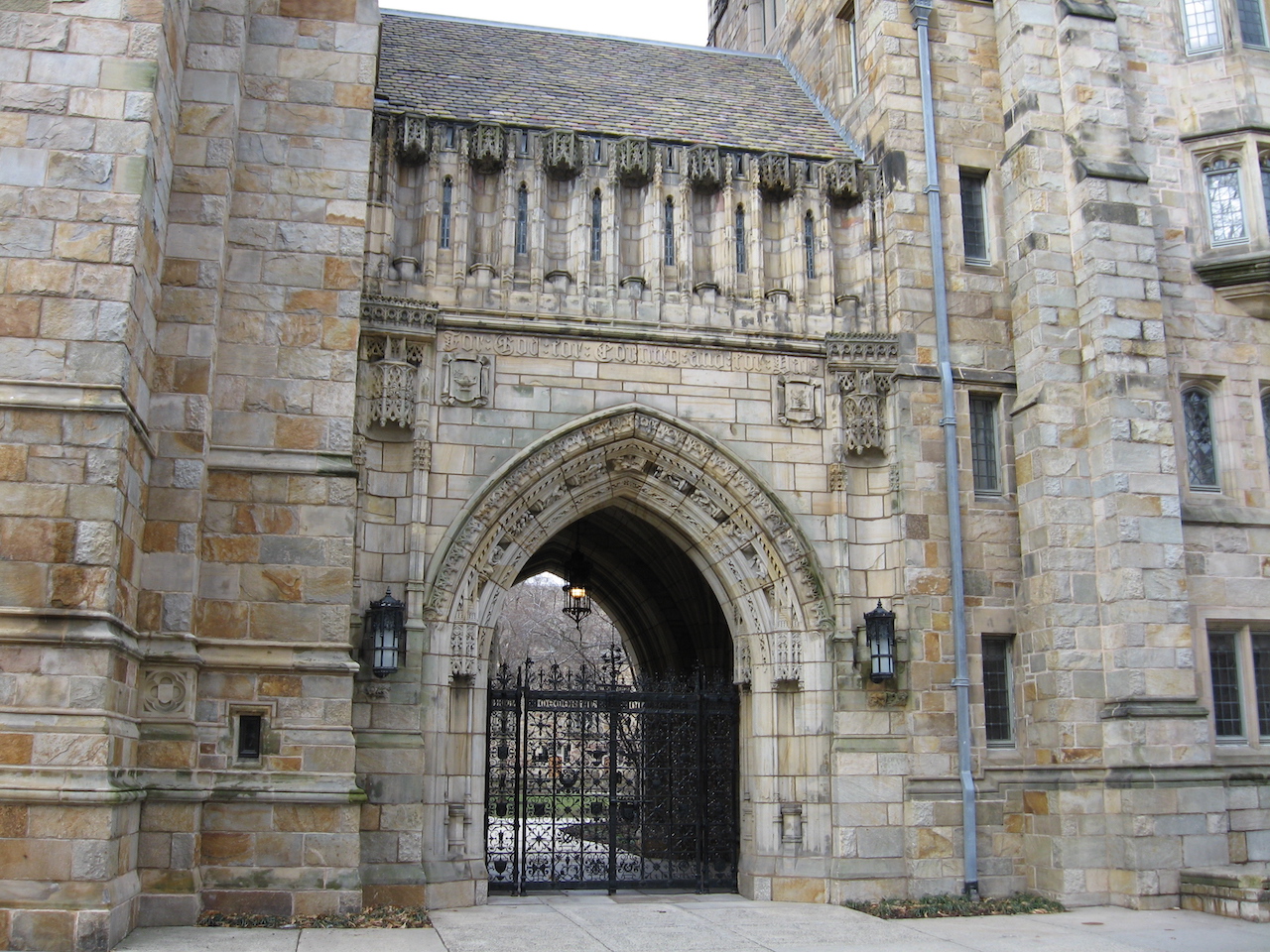Selecting colleges is a critical piece of the college planning process.
How not to select colleges: I’ve seen students who have built their college lists in a poor or even random fashion. Often they were unhappy with their subsequent college experience. Sometimes they ended up with an unplanned transfer that cost time and money or they dropped out of college.
Don’t select colleges:
- So you or your parents can brag about the college.
- Because someone else, not you, likes the college.
- Without reflecting on what you want in a college and knowing how the college meets that criteria.
- Because someone else went there or is going there.
- Because of ranking.
Identifying college criteria: Consider why you want to go to college and what makes a college right for you. If you go to a residential college, the college will not just be your education; it will also be your home and social life. Identify academic, social, and financial criteria by reflecting on what you need and want.
Separate your college criteria into must-have and nice-to-have categories: If you have too many must-have criteria, there may not be any colleges that match all of them. Talk with your parents or guardians about how much money they have to help you with college costs so you can identify realistic financial criteria.
As you identify college criteria, avoid these common traps.
Don’t:
- Get hung up on published college rankings: You are building the best college ranking: a ranking that is based on criteria that are important to you!
- Eliminate small colleges for the wrong reasons: So many students say their college must be bigger than their high school without thinking this decision through. If a student goes to a large high school, this decision might eliminate a large percentage of colleges. For example, almost 62% of U.S, colleges have under 2500 students.
- Limit the distance the college is from home because you think that will save you money: Other parts of the country have excellent colleges that may be less expensive than the colleges in your region even with the additional travel costs. Consider how often you will be going home or your family will be visiting you each year when making this decision.
- Focus too much on a major: Be aware that many students in the U.S. are undecided about their major when they start college or change their minds about their major after they start college.
- Leave financial concerns until after you have selected colleges: If finances are important, need-based and/or merit aid should be integral to the college selection, not something you worry about after you have made your college list. Most aid comes from the government or the colleges. If you have financial needs, select colleges that meet as close to 100% of your need as possible. Most colleges don’t meet 100% of your need leaving you with a financial gap that is hard to fill. If you are seeking merit aid, select colleges that give merit aid, typically these are colleges where you will be in the top quarter of their incoming class.
- Eliminate a college because the list price is high: The important price is the price college will cost your family after grants and scholarships. You can get an idea of how much need-based aid you might receive by using each college’s Net Price Calculator. Sometimes the Net Price Calculator also estimates merit aid.
- Stop addressing your learning differences when you go to college: If you have been receiving accommodations during high school for learning differences and/or ADHD, this is not the time to go it alone. Research and visit with the disability services personnel at the college.
- Stop addressing your mental health needs when you go to college: If you have mental health needs, learn about and meet the campus mental health professionals before college starts. Be sure to make arrangements to continue meeting with your current mental health professional or establish a relationship with a private, off-campus mental health professional in case the campus services are inadequate (e.g., a limited number of sessions per semester, too long a wait for appointments).
Finding colleges that meet your criteria: Once you know what you are looking for in a college, search for colleges that meet most or all of your must-have criteria and have many of your nice-to-have criteria. Many search engines can help identify colleges based on common criteria (e.g., size, location, majors available) including NCES College Navigator, College Board’s Big Future, and Naviance. More unusual criteria will often require the use of additional resources.
Researching colleges: Once you have identified colleges that meet most of your needs and wants, do in-depth research on:
- Chance of admission
- Academics (e.g., general education requirements, class sizes, tutoring availability)
- Likely majors (e.g., number of professors for the major, number of students in the major, required courses for the major, areas of research)
- Career services and what happens to graduates (e.g., jobs, graduate school)
- Dining and housing
- Clubs and activities
- Social life
- Surrounding community.
Take notes about what you learned, what you like and dislike about the college, and questions you have.
You can find college information from websites and social media, college brochures, college newspapers, current students and alumni, college fairs, virtual college visits, independent college guides and books. Familiarize yourself with a variety of sources to gain an objective and broad understanding of the data and choices facing you. One of the best ways to learn more about a college is to experience it firsthand through an in-person campus visit, preferably when college is in session.
Visiting colleges: Plan your college visit. During that visit, learn as much as possible by…
- Attending an info session
- Taking a tour
- Sitting in on a class
- Looking at bulletin boards
- Eating in the cafeteria
- Reading the school newspaper
- Talking to students
- Staying overnight (if available)
- Having an interview (if available)
- Having your parents talk with the financial aid office
- Talking with a professor or chairperson of the department you would like to major in
- Walking or driving around the surrounding neighborhood.
Building the list of schools you will apply to: Based on your college research and visits make a prioritized list of colleges you would be happy to attend from the first choice to the last choice. Select six to eight schools. No more than a third should have a low probability of acceptance. Include at least one college with a high probability of acceptance and at least one with a high probability of acceptance that your family can afford without aid. In some cases, you may want to apply to between four (e.g., if your four top choices are all high probability of acceptance) and ten colleges (e.g., if you want to apply to more low probability of acceptance schools or if you are shopping for the best financial aid package).
If you follow this process, it is likely that you will be happy with your college experience and will meet your college goals.
About the Author: Rana Slosberg of Slosberg College Solutions LLC has worked with high school students and their families on college selection and college admissions since 2010. She has a Master of Arts degree and an Independent Educational Consultant Certificate. Rana is a member of the Higher Education Consultants Association, the New Jersey Association for College Admission Counseling, and she visits colleges regularly.







